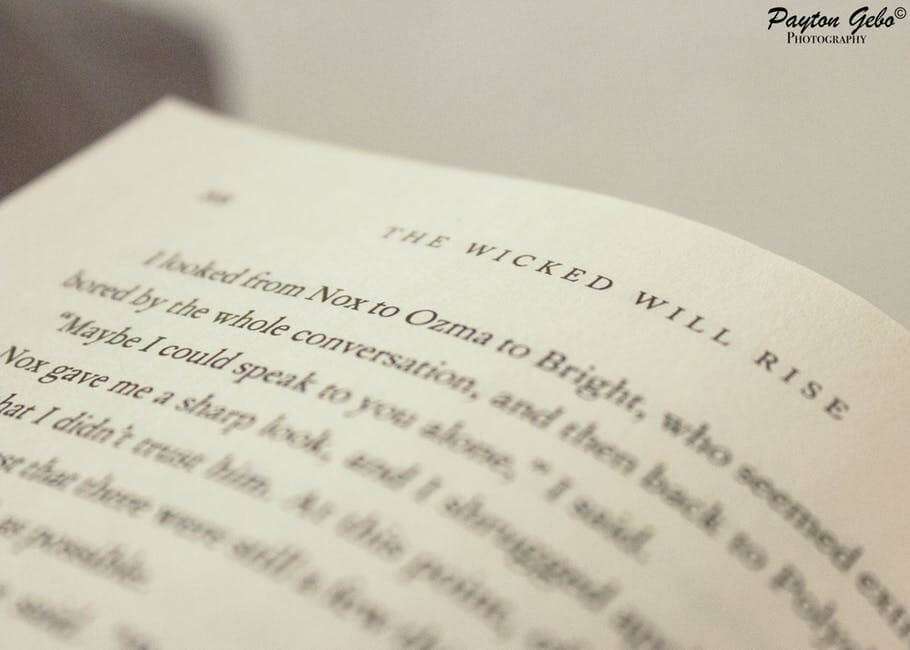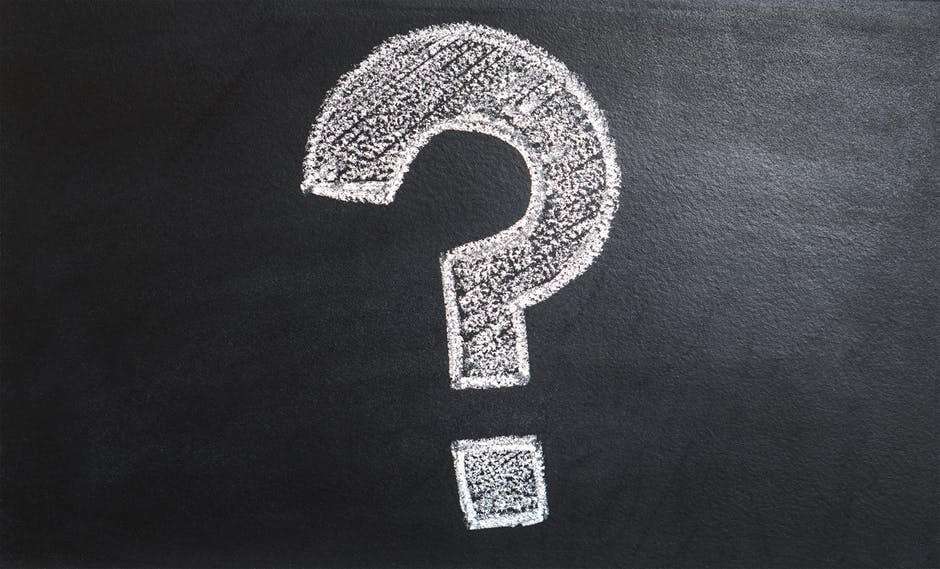Prior art is any evidence that your invention is already known. Prior art does not need to exist physically or be commercially available. It is enough that someone, somewhere, sometime previously has described or shown or made something that contains a use of technology that is very similar to your invention. A prehistoric cave painting can be prior art. A piece of technology that is centuries old can be prior art. A previously described idea that cannot possibly work can be prior art. Anything can be prior art. An existing product is the most obvious form of prior art. This can lead many inventors to make a common mistake: just because they cannot find a product containing their invention for sale in any shops, they assume that their invention must be novel. The reality is very different. Many inventions never become products, yet there may be evidence of them somewhere. That evidence – whatever form it may take – will be prior art.
There are no accurate statistics, but some experts estimate that for every recorded invention that eventually reaches the market, ten never will. This means that if you want to find out if your invention is novel, you should indeed search products past and present – but you should also search much further. The most important place for further prior art searching is the worldwide patent system.
Competing art
While looking for prior art, you should also look for competing art. These are ideas that may not be at all like yours but do the same job. It is important to study competing art for two reasons:
- Most inventions are a solution to a problem, and most problems have more than one possible solution. You need to examine other solutions, as some may offer more advantages than yours.
- If you try to exploit your idea commercially, alternative solutions may be strong competition. In order to argue successfully that your solution is better than alternatives, you need to know what the alternatives are!
Examples of Prior Art
What types of disclosures could be considered as “prior art?” Any publication such as a brochure, a magazine article, a published patent or patent application, advertising, a web page, a college thesis, or instructions that accompany a product may be considered a prior art disclosure depending on the circumstances. The text of the publication may be in any language. The disclosure can be no language at all, just pictures. The publication can be located in any country of the world. What types of events could be considered as “prior art?” A public showing of a product, a public or private offer for sale, a sale of a product, prior invention by another, a prior filed patent application, public use or commercial use of a product, or public knowledge of the invention are all examples of events that could be considered “prior art” depending on the circumstances.







